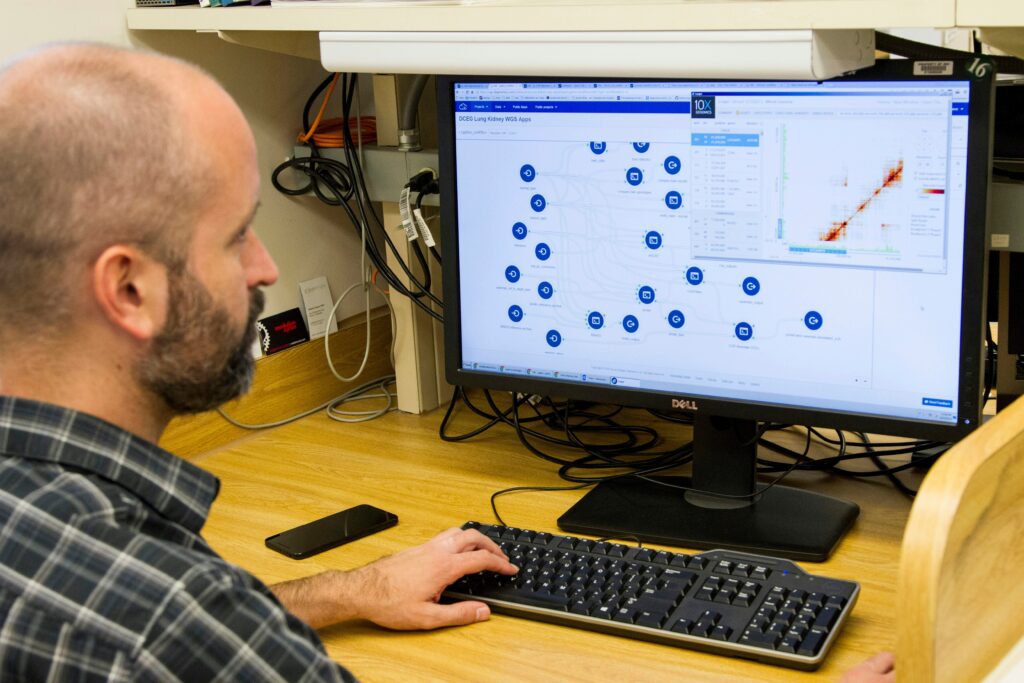
In a groundbreaking development, researchers at Stanford Medicine have unveiled a machine learning-based model poised to transform the liver transplant landscape. This innovative tool, which predicts donor viability, promises to significantly cut costs and increase the number of successful transplants. The study, published in Lancet Digital Health on November 13, highlights a potential 60% reduction in futile procurements, where transplant preparations are initiated but ultimately canceled due to donor death occurring outside the viable timeframe.
The announcement comes at a crucial time when the demand for liver transplants far exceeds the supply. Currently, many potential transplants are canceled because the donor dies more than 30 to 45 minutes after life support is removed, raising the risk of complications for recipients. The new AI model, however, offers a promising solution by accurately predicting whether a donor will die within this critical window.
Enhancing Efficiency in Liver Donation
For patients with end-stage liver disease, a liver transplant often represents the best treatment option. However, the disparity between the number of available organs and those in need has long been a challenge. Recent advancements, such as normothermic machine perfusion, have begun to bridge this gap by maintaining organs at optimal conditions during transport.
Dr. Kazunari Sasaki, MD, a clinical professor of abdominal transplantation and senior author of the study, emphasizes the potential impact of the new AI model. “By identifying when an organ is likely to be useful before any preparations for surgery have started, this model could make the transplant process more efficient,” he stated. “It also has the potential to allow more candidates who need an organ transplant to receive one.”
Donation After Circulatory Death
While most liver donations come from brain-dead donors, donations after circulatory death (DCD) are on the rise. This method involves a delicate balance, as the time between the cessation of life support and the donor’s death must be carefully managed to avoid organ damage.
“The number of liver transplants keeps going up because of donation after circulatory death, and the waitlist is getting smaller,” Sasaki noted. “In the future, it might be possible for everyone who needs a liver transplant to get one from a deceased donor.”
Despite these advancements, DCD presents unique challenges. The liver’s complex network of ducts, responsible for bile production, can suffer damage if blood flow is interrupted for too long, leading to serious complications for recipients.
AI Model Outperforms Traditional Methods
The research team developed the AI model by analyzing a vast array of clinical data, including donor demographics, vital signs, and neurological assessments. This comprehensive approach allows the model to outperform traditional surgeon judgment and existing computerized tools.
The model accurately predicts the donor’s time of death 75% of the time, compared to 65% accuracy by surgeons.
To ensure robustness, the model was validated on over 2,000 real-world cases from six U.S. transplant centers. It is also designed to be customizable, accommodating different surgeon preferences and hospital protocols.
Competing Algorithms and Future Prospects
The research team evaluated multiple machine-learning algorithms to identify the most effective one for predicting donor viability. The chosen algorithm not only excelled in accuracy but also demonstrated adaptability, handling cases with incomplete medical records.
Looking ahead, the researchers are optimistic about further improvements. “We are now working on decreasing the missed opportunity rate because it is in the patients’ best interest that those who need transplants receive them,” Sasaki explained. “We continue to refine the model by having competitions among available machine learning algorithms.”
Implications for Broader Transplant Applications
The implications of this study extend beyond liver transplants. The research team is exploring adaptations of the model for heart and lung transplants, potentially revolutionizing the entire field of organ transplantation.
This development follows contributions from a diverse group of institutions, including the International University of Health and Welfare, Duke University School of Medicine, and Cleveland Clinic, among others. Their collaborative efforts underscore the transformative potential of AI in healthcare.
As artificial intelligence continues to advance, the hope is that such models will not only enhance transplant efficiency but also save countless lives by ensuring that more patients receive the organs they desperately need.






